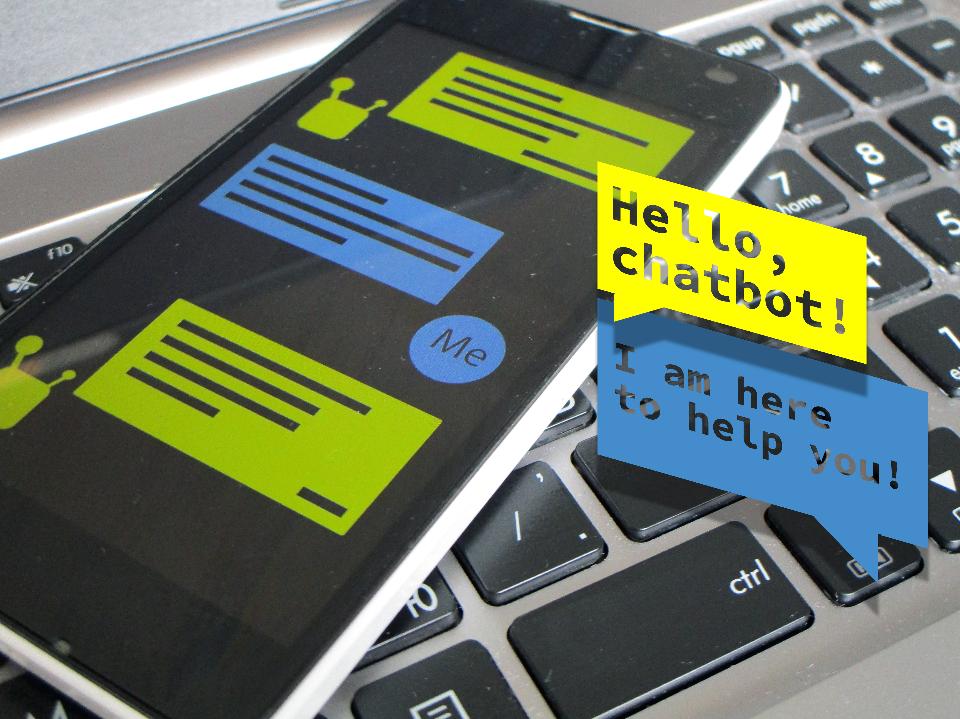According to Luca Valsecchi, CEO and co-founder of Vidiemme Consulting, the time is ripe for companies to adopt Artificial Intelligence instruments and technologies.
Many sectors are affected by the phenomenon of automation and the first observed advantages can be the flywheel to consolidate the trend.
Artificial Intelligence is not exactly the latest technology; Luca Valsecchi graduated in 1988 with a thesis involving the design of an expert system for technical analysis on the stock market. “In this project the study focused on identifying and creating recurring patterns for the definition of calculation models”, but those were different times. He continues: “there were no Big Data, there was no Machine Learning, even if we were already thinking about developing forms of self-learning for machines: without the help of these tools, you had to have an inaccessible budget and computers with unimaginable computing capacity to proceed with design and testing.
And it is precisely for this reason that since then, for years, Artificial Intelligence has remained a topic far from the marketplace.
The paradigm shift was concomitant with the advent of Big Data, which made this technology sustainable and accessible.
Not only is it no longer necessary to have supercomputers to develop these projects, but those who have ideas and the desire to invest can find the necessary resources in As a Service mode, paying only what is needed.
“The concept of channel and relationship with ‘users’ has radically changed. For example, thanks to messaging, Artificial Intelligence has seen a radical change, both qualitative and quantitative, in the number of possibilities, in the number of applications and in the number of relationships that can be activated”.
The popularity of instant messaging platforms has grown in recent years, with 6 percentage points of growth in daily use compared to last year, as an increasing number of users opt for closed platforms, such as WhatsApp, Facebook Messenger or Viber.
More than half of Italian internet users (52%) use instant messaging every day, while 71% use it on a weekly basis, according to Connected Life, a study of more than 60,000 internet users worldwide, carried out annually by TNS, the world’s leading research institute.
These data have led companies to increasingly choose these platforms to manage their relationship with customers.
By exploiting Artificial Intelligence services as technological support, companies guarantee interaction driven by conversational dynamics with their user base while maintaining all the advantages of a software: 24/7 availability, integration with the company CRM, data analysis ability aimed at marketing automation.
It’s about Chatbot, and it’s on everyone’s lips in the last few months.
The technology behind Chatbots is not exceptionally complex, but good development skills are not sufficient to implement a software that can adequately manage the relationship with its customers, representing, in all respects, the Brand.
“The real added value – underlines Valsecchi – is in process competence, in the ability to do analysis and assessment”.
“Hence Vidiemme’s tendency to be wary of those Chatbots that answer to “everything”, but to work mainly in highly specialized vertical Chatbots that go deeper and are more exhaustive in responding to the demand for services that is starting to take shape in a structured way in certain sectors”.
Needs analysis, process understanding, language study, channel selection, interaction design are all fundamental steps that precede implementation of the solution.
“At Vidiemme we saw the birth of a new professional figure, the Chatbot Designer. These are resources dedicated to designing and building the soul of the Bot, with a very strong focus on and expertise in languages and behavior,” says Valsecchi, who then focuses on emphasizing how the development of Chatbot solutions requires great effort at the assessment level, intended as the basis for Chatbot development and as knowledge of all the possible contexts in which actions will develop and of the possible measures to take to guide the user, provide answers to questions asked and understand when to pass the conversation to a human operator for the management of more complex cases.
“In my opinion – continues Valsecchi – one cannot help but have a consultative approach”.
“Today more than ever it is necessary to proceed with experimentation, and at the same time it is necessary to help companies to understand and see concretely what can be done and how these interfaces must be managed, how to act at the organization level to take the most advantage, perhaps incrementally, from these solutions. There are no standardized solutions – he concludes – there are analyses, assessments, experimentation and measurement of objectives and much, much development in the field”.
Sources: Internet4Things


